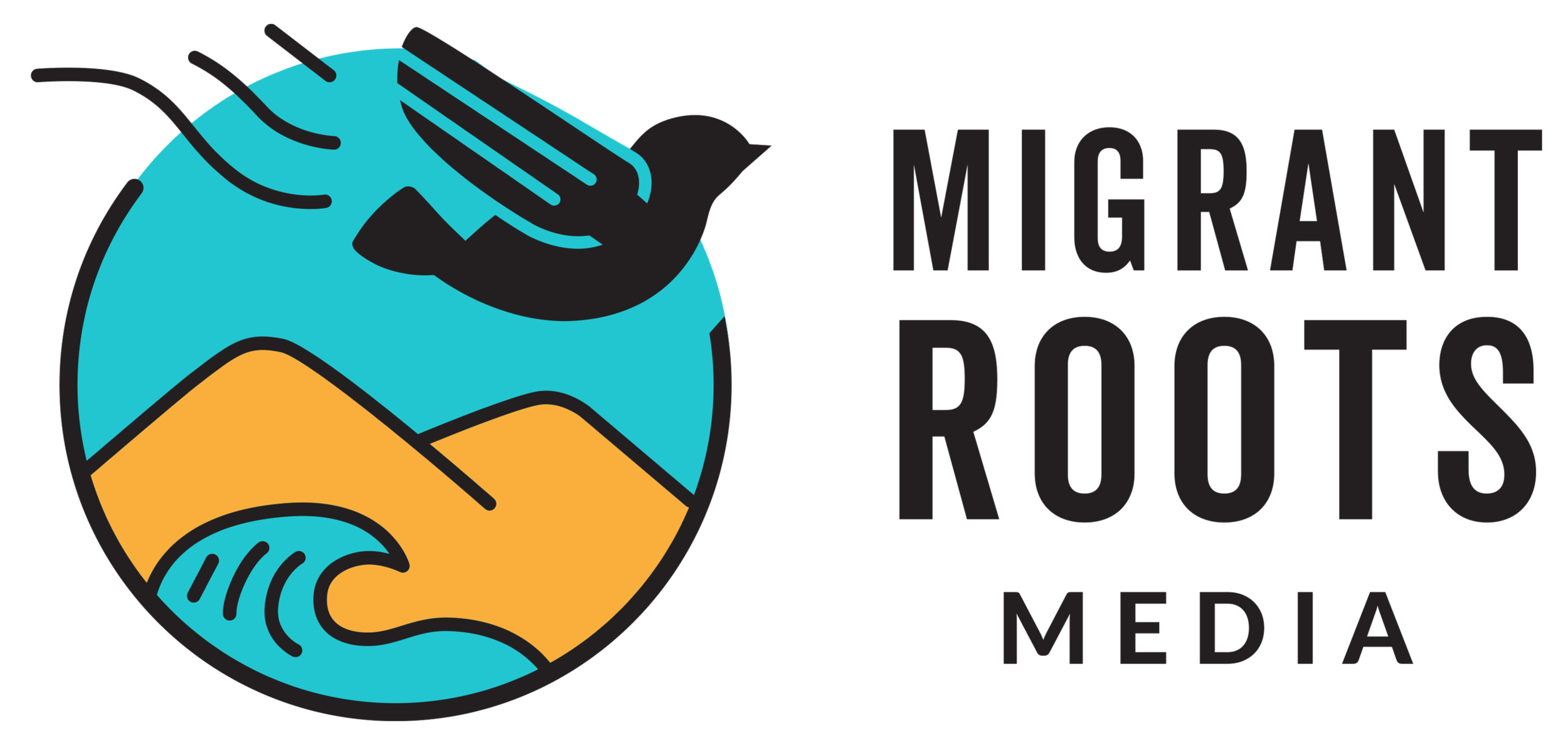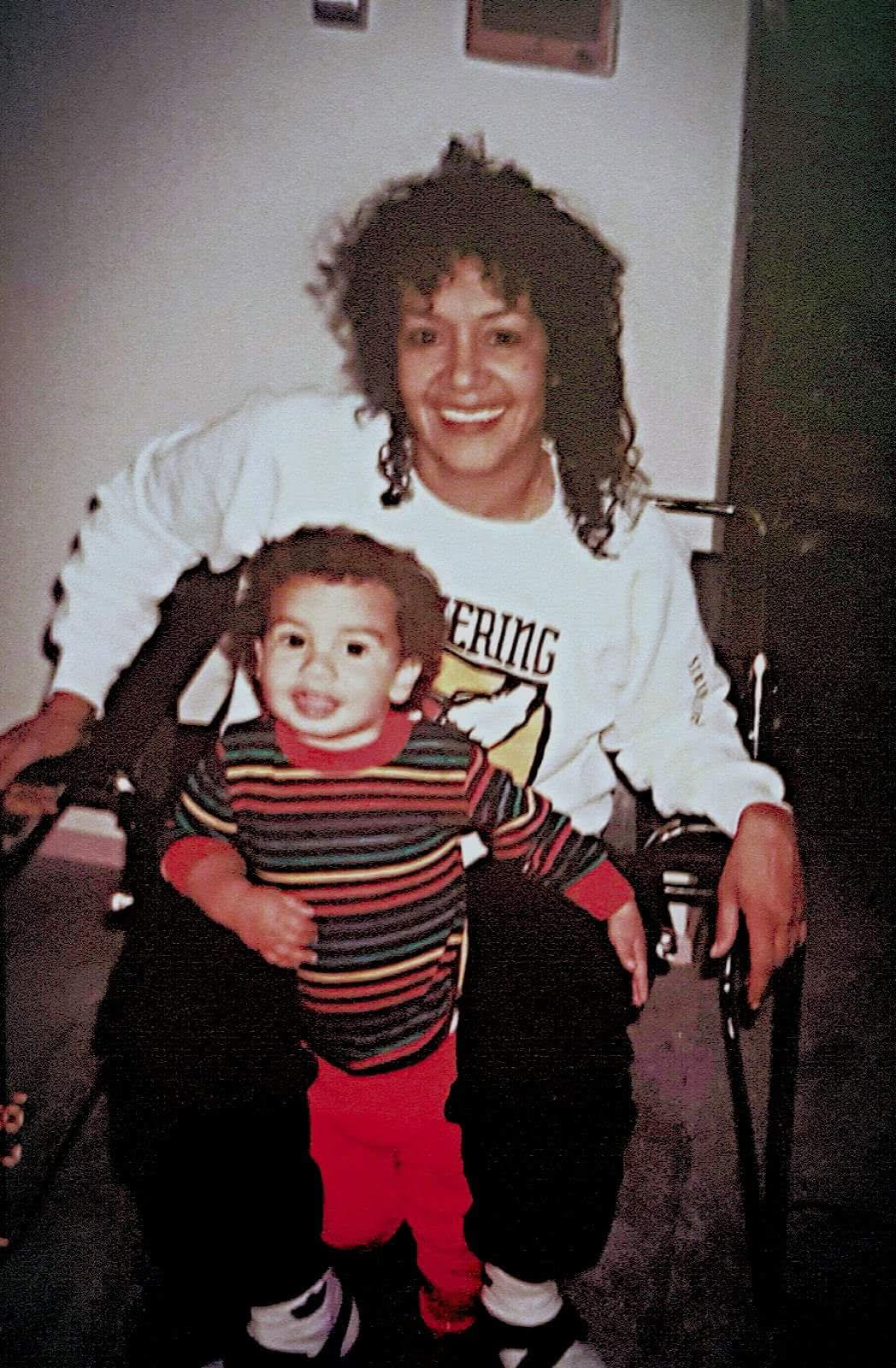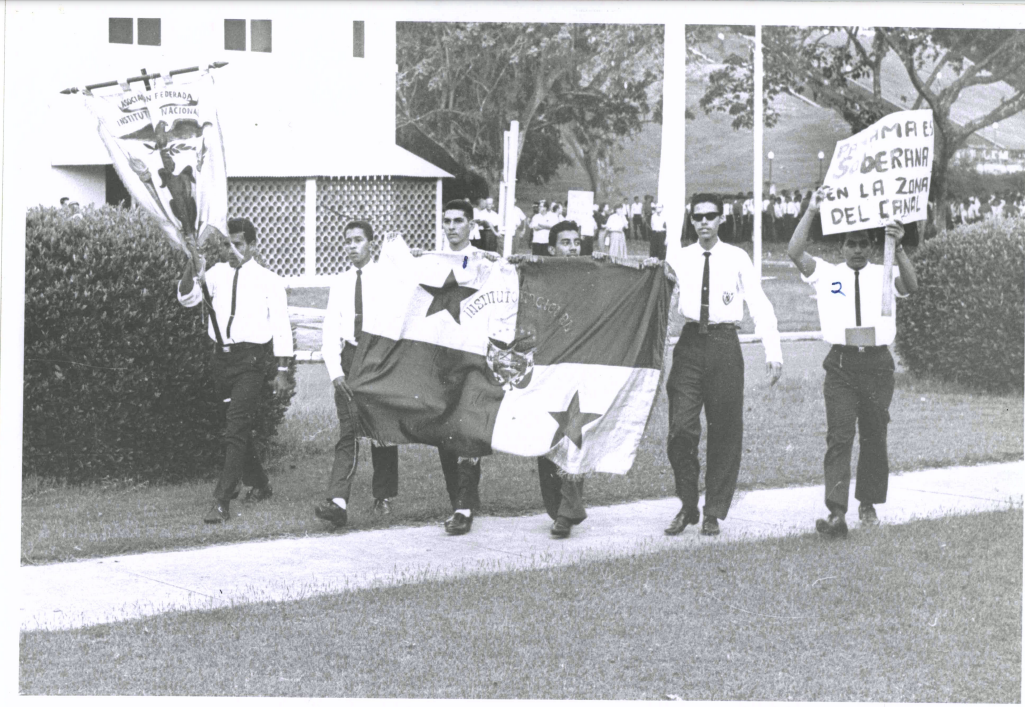Roots of the Congo War: Leopold and the Congo Free State

Photo: Sculptor Tom Frantzen’s “The Congo, I Presume?” at Tervuren Park in Belgium, 2025 [By Nteranya Ginga]
Do Black lives matter – especially when they are being extinguished on the African continent rather than in the Global North? This question has repeatedly emerged in on and offline conversations over the past eighteen months, as conflicts in the Democratic Republic of Congo (DRC) and Sudan have continued to rage with little news coverage. The wars in eastern Congo and Sudan are, in different ways, rooted and fueled by the interests of overseas powers in the vast natural resources of these two African countries. The DRC has seen one of the most protracted wars in modern history, with unrest and violence in its eastern region persisting for almost thirty years. Over these three decades, a tense and imbalanced relationship has emerged between the DRC and its neighbors – particularly Rwanda and Uganda – as well as with Western governments (notably Belgium) and transnational corporations, all of which have contributed to the nature of the conflict.
Walking through Tervuren Park in Belgium, located just outside Brussels – or at least part of it, because 205 hectares is no easy walk in the park – is a strangely enraging experience, especially as a Congolese person in 2025. Although it now houses the Royal Museum of Central Africa (a discussion for another time), these were the grounds on which King Leopold II of Belgium (1865-1909) showcased his wealth – stolen forcibly from the territory that is presently known as the Democratic Republic of Congo. The palace where the museum sits today was Leopold’s “Colonial Palace,” first constructed in 1897. The palace grounds became his human zoo, displaying more than 265 Congolese civilians during his international expositions which took place during the cold winter months of the late 1800s. Yet, Tervuren Park is but a small fraction of Leopold’s self-enriching violence, theft, and murder.
In this series, we explore the roots of this conflict and the DRC’s contemporary challenges, reaching back several hundred years. Precolonial Congo was inhabited by many peoples, including the historical Luba and Lunda kingdoms, which mainly operated by kinship-based models of government. This way of life was interrupted by the Intercontinental Slave Trade. In his 2008 book Dancing in the Glory of Monsters: The Collapse of Congo and the Great War of Africa, political scientist, Jason Stearns explains that Congo has suffered from four centuries of political dissolution, “[s]tarting in the sixteenth century, [when] several million slaves were exported from the Congo by both European and Arab slave traders, sparking devastating wars between rival kingdoms over the lucrative trade as well as huge population shortages” (330). The damage of the Slave Trade would be furthered by the 1884-1885 Berlin Conference, a gathering of European colonial powers that took place in Germany at the behest of King Leopold II of Belgium, who came with specific (and sinister) intentions. This meeting took place at the height of the European imperialist scramble for a piece of what Leopold described as the “Magnificent African Cake.”
In the decade or so leading up to the conference, Leopold, the self-described humanitarian, had made it his mission to make forays into Central Africa, under the guise of “civilizing” the indigenous peoples. He founded the International African Association and solicited support from European governments and European and North American explorers as his collaborators in this campaign. Leopold’s self-proclaimed philanthropic mission was merely a cover for an obsession with seizing Congo as his personal colonial property. The 1884-1885 Berlin Conference provided the platform for him to advance this project. On February 8, 1885, Leopold formed the Congo Free State, which would not be governed as a colony, but managed as a privately-owned corporation. The geographic area of the Congo Free State included the entirety of the contemporary Democratic Republic of Congo. Between 1885 and 1908, Leopold (who never actually set foot in the DRC) enjoyed unfettered control over Congo’s citizenry and access to its natural resources. In what effectively became an absolute corporate monarchy, Congolese people were pressed into slavery, with many laboring as rubber tree tappers.
The Congo Free State authorities, Leopold’s boots-on-the-ground, were given free reign as long as they delivered the resources needed to meet the demands of Europe’s industrial boom and continued to fill Leopold’s coffers. The Free State relied on its military, the Force Publique, whose officer ranks were exclusively occupied by white Europeans, mainly Belgian soldiers and some Scandinavians. The soldiers the officers instructed were indigenous Africans from a wide range of ethnic groups in Congo as well as a number of conscripts from West and East Africa. The Congo Free State’s leadership freely deployed astonishingly brutal means to maintain control and to ensure that rubber quotas were met. Wives and children were abducted and held captive in horrific conditions, their lives threatened to compel their husbands and fathers to tap rubber. Sexual violence was rampant, and mutilation of laborers and their family members’ limbs was a common form of punishment. The many indigenous communities that resisted were subjected to brutal massacres and razed to the ground, with the survivors forced into service on plantations or to join the Force Publique. The local leaders who collaborated and commanded their subjects meet Leopold’s rubber quotas at any cost were compensated, often with human chattel.
Photo: Nsala of Wala in Congo looks at the severed hand and foot of his five-year old daughter, 1904 [By Alice Seeley Harris]
In the absence of any monitoring, it seemed Leopold’s violent corporate regime would continue to create hell on earth for Congolese people, with no intervention. This was until George Washington Williams, an African American historian, minister, and writer, visited the Congo Free State in 1890. Williams, while traveling in Europe, had interviewed Leopold in Belgium. Initially taken with Leopold’s presentation of his humanitarian work in the colony, Williams set out to visit Congo. Upon arrival in Congo, Williams was horrified by the unbridled violence meted out to Congolese people, especially those forced to labor on Leopold’s plantations. Williams wrote detailed accounts of the abuses he witnessed and, in a report to the U.S. Secretary of State, described these actions as “crimes against humanity,” the first documented use of what would become an important concept within international criminal law. Williams also wrote directly to Leopold, condemning him. Leopold and his allies (including American diplomat and entrepreneur Henry Shelton Sanford, for whom the town of Sanford in Florida, where Trayvon Martin was murdered, is named) leveraged their privilege and pervasive racist ideas to launch smear campaigns against Williams. However, Williams did not back down. The alarm he had sounded had lent credence to existing rumors about the atrocities that were claiming the lives of millions of Congolese people.
Still, it seemed that many found the written account given by a Black man easy to ignore or write off as hyperbole. The photo evidence disseminated by Alice Seely Harris, an English missionary who first travelled to the Congo Free State with her husband in 1898, would prove more difficult to look away from. Using her Kodak Brownie camera, Harris captured the severe violence – abduction, beatings, murder, mutilation, sexual violence, and the razing of villages and communities – carried out by Leopold’s authorities in the Congo Free State to subdue native resistance and ensure that Europe’s demand for rubber and other resources would be met. Harris dispatched many of these images back to England to be featured in missionary publications. While they exposed Leopold's colonial-corporate reign of terror, the images were mainly circulated within missionary circles. A report by a British Foreign Office consul, Irishman Roger Casement, drew widespread attention to the atrocities Harris had visually documented. Casement traveled across the Congo Free State and conducted interviews with officers, mercenaries, and overseers. These interviews informed the extensive reports Casement sent to the British government, detailing the human rights abuses against the Congolese people.
Another African American traveler, William Henry Sheppard, had documented Leopold’s human rights violations in the Congo Free State in the late 1880s. An ordained minister, Sheppard traveled to Congo as a missionary for the Presbyterian Church. Like fellow missionary Alice Seeley Harris, Sheppard used a Kodak camera to capture the aftermaths of massacres, the mutilation of bodies, and abduction of women and children. Sheppard, who immersed himself in local languages and cultural practices, was the only investigator who also conducted extensive interviews with Congolese laborers and included their firsthand accounts of the brutal state of life in Leopold’s Congo Free State. Sheppard’s interviews with Congolese laborers also informed Casement’s reports.
The joint findings of George Washington Williams, Alice Seely Harris, Roger Casement, William Henry Sheppard resulted in the formation of the Congo Reform Association by Casement and E.D. Morel in 1904. The association launched a human rights campaign that gained traction across Europe and in the United States, gaining the support of W.E.B. Du Bois, Booker T. Washington, and Mark Twain, among others. Leopold launched counter-campaigns that ultimately proved unsuccessful when a Belgian investigation he had approved uncovered additional damning evidence, including an extensive collection of interviews with Congolese people speaking about the horrors they had endured and witnessed. In 1908, Belgium’s parliament seized control of the colony from Leopold. The DRC would later declare its independence from Belgium in 1960. Throughout the twentieth century and into twenty-first, the Global North would continue to siphon the DRC’s natural resources, at great cost to the Congolese people, as had been the case over the twenty-three-year tenure of Leopold’s Congo Free State. It is estimated that ten million Congolese were killed during this time.
The next installment of this series will explore the history of migratory practices in the Democratic Republic of Congo and the implications of these movements for the ongoing war in eastern Congo.
Photo: The royal Museum for Central Africa at Tervuren Park in Belgium, 2025 [By Nteranya Ginga]
Congolese-led organizations providing support to displaced people in the DRC:
Dubie Toa-Kwapong is a 2nd/3rd generation and cyclical migrant born in Norway to parents from Ghana and the UK. She is a PhD candidate in Cultural Anthropology and African and African American Studies at Duke University. Inspired by the complex homeland commitments held by her family members and migrants the world over, her dissertation research explores the impact of intergenerational nostalgia and memory on the decision-making practices of Afrodiasporic return migrants to Accra, Ghana. Her research and commitment to migrant justice flow from an attunement to the ongoing consequences of European imperial border-making (along with other inheritances of colonialism) on the lives of Africans on the continent and in the global diaspora – including the entangled migratory journeys of her ancestors.
Nteranya Ginga is an international development consultant with a research background in the rehabilitation, reconciliation, and reintegration of former child soldiers in post-conflict communities.









